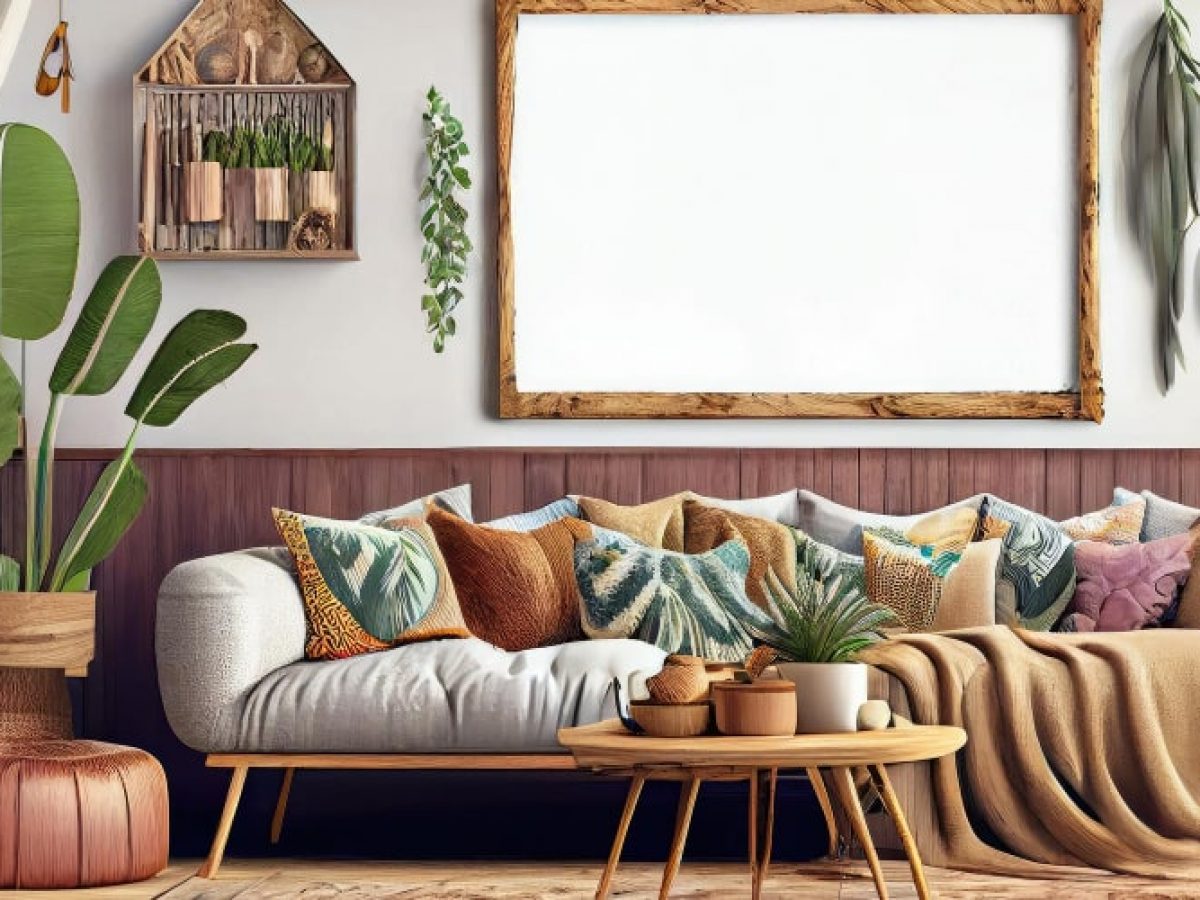Are you looking to breathe new life into an old chair, sofa, or bench? Upholstery might sound like a job for the professionals, but with a little guidance and some basic tools, you can undertake this rewarding project yourself. Whether you want to preserve a cherished piece or simply update your décor without breaking the bank, here are some DIY upholstery tips to help you get started.
- Choose the Right Fabric
The fabric you choose is crucial not only for aesthetics but also for durability. Opt for upholstery-grade fabrics which can withstand more wear and tear than regular fabric. Consider the furniture’s use: in high-traffic areas, you might want a heavier, more durable fabric like microfiber or canvas. For a piece that’s more decorative, a lighter and more delicate fabric might suffice. Always buy a little more fabric than you think you’ll need to allow for mistakes or pattern matching.
- Gather Your Tools
You’ll need some basic tools: a staple gun (preferably electric for thicker fabrics), staples, scissors, upholstery needles, thread, and possibly a sewing machine if you are planning to sew any sections. Other helpful tools include a hammer, pliers, and a screwdriver for dismantling the furniture, as well as upholstery tacks or nails for decorative finishes.
- Prep Your Furniture
Start by taking your piece of furniture apart as needed. Remove the current fabric carefully; it can serve as a template for cutting your new fabric. This is also a great time to inspect the frame and padding. Repair any loose joints or replace sagging, old padding with fresh foam or batting to restore comfort and shape.
- Cutting and Attaching Fabric
Lay your fabric out on a clean, flat surface. Place the old fabric pieces on top to use as templates, remembering to add a couple of inches around all sides for pulling and stapling. Cut your fabric accordingly. When attaching the fabric, start from the center of each section and work your way out to the edges. This method helps keep the fabric taut and even. Use your staple gun to secure the fabric, pulling it tight as you staple to avoid wrinkles.
- Smooth Corners and Edges
Corners and curved edges can be tricky. For square corners, the hospital corner technique (like making a bed) works well. Trim excess fabric, fold neatly, and staple. For rounded corners, make small cuts in the fabric to ease the tension and create a smooth finish. Keep adjusting until you’re happy with how it looks.
- Add the Finishing Touches
Once your main pieces are covered and stapled, you can add any finishing touches. This might include reattaching or replacing decorative trim, using upholstery tacks or nails for a professional look, or adding buttons or tufting for style and depth.
- Reassemble and Enjoy
With all pieces upholstered and detailed, reassemble your furniture. Tighten all screws and make sure everything is secure before enjoying your refreshed piece.
Tips for Success
- Always test your staple gun on a scrap piece of fabric to ensure it doesn’t tear your new upholstery.
- If using patterned fabric, take extra care to align the pattern at seams and on central panels.
Practice safety: wear gloves and safety glasses when using heavy-duty tools like staple guns and hammers.

